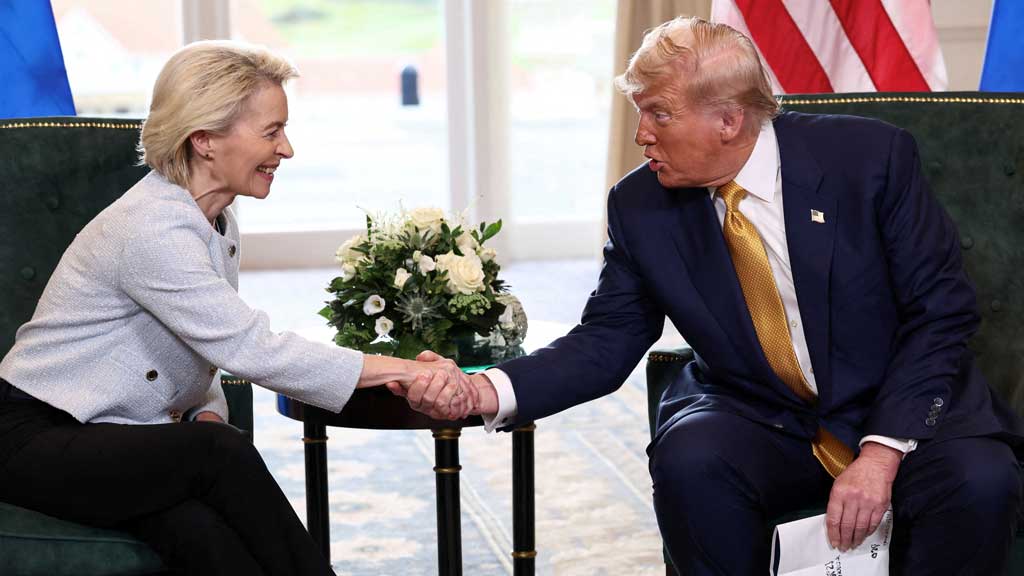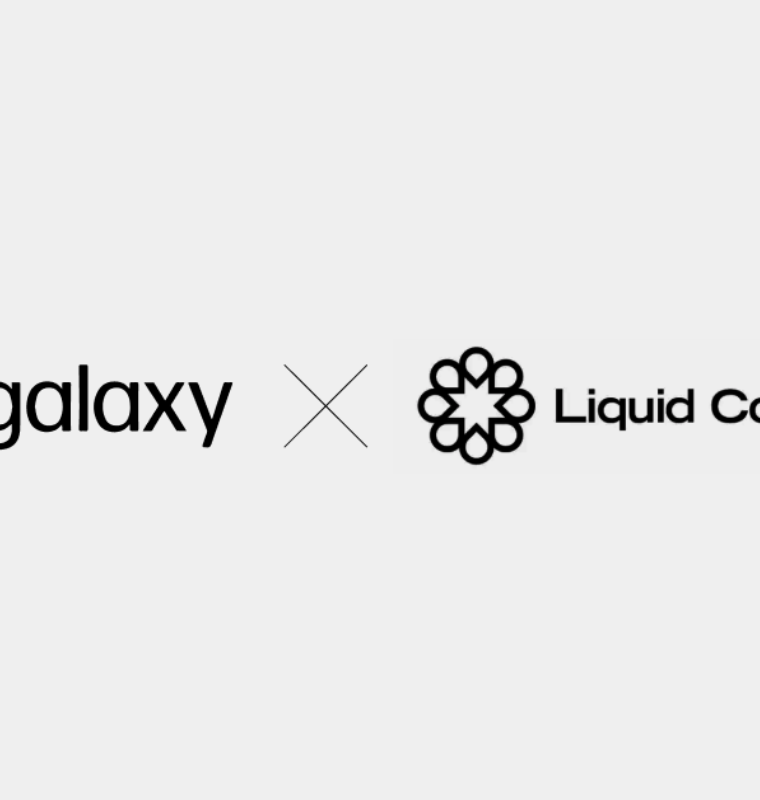Trump Announces U.S.-EU Trade Agreement with 15% Tariffs on European Goods
Trump Announces U.S.-EU Trade Agreement with 15% Tariffs on European Goods
By
Calder Monroe
Last updated:
July 28, 2025
First Published:
August 6, 2025

Photo: bdnews24.com
U.S. and EU Strike Major Trade Deal Ahead of Tariff Deadline
President Donald Trump and European Commission President Ursula von der Leyen confirmed Sunday that the United States and the European Union have finalized a crucial trade agreement just days before the August 1 tariff deadline. The pact sets a 15% tariff on most European imports, including automobiles, easing the previous threat of a 30% tariff imposed by the U.S. administration.
Von der Leyen clarified that certain sectors — such as aircraft, specific chemicals, and pharmaceuticals — will be exempt from these tariffs, and the new rate will not stack on top of existing duties already in place.
Key Financial Commitments and Investments
As part of the agreement, the EU has pledged to purchase $750 billion worth of U.S. energy exports, signaling a substantial boost in transatlantic energy trade. Moreover, the European bloc committed to increasing investments in the U.S. by $600 billion beyond current levels, reflecting renewed confidence in the American market.
President Trump also mentioned that the EU will invest hundreds of billions in military equipment purchases, though specific figures remain undisclosed.
“It’s the biggest deal of its kind,” Trump stated, emphasizing the significance of the agreement after what he described as “tough negotiations.” Von der Leyen echoed this sentiment, calling it “a very powerful and transformative deal.”
Negotiations Narrow Uncertainties and Avert a Trade War
The deal comes after weeks of uncertainty and brinkmanship. Trump had previously indicated only a 50-50 chance of securing an agreement with the EU. Meanwhile, Brussels prepared contingency plans, including a comprehensive counter-tariff package targeting a broad spectrum of U.S. products and consideration of deploying the EU’s “Anti-Coercion Instrument,” often dubbed the trade bloc’s “trade bazooka.”
The finalized agreement removes the immediate threat of an escalating trade war between the world’s largest economies, providing much-needed stability for international markets and businesses.
Reactions from European Leaders
European politicians responded swiftly, welcoming the accord but also highlighting some concerns.
Ireland’s Prime Minister Micheál Martin described the deal as providing “clarity and predictability” in transatlantic trade but warned that higher tariffs would inevitably increase costs and challenges for businesses. The Irish government emphasized the deal “creates a new era of stability,” despite those hurdles.
German Chancellor Friedrich Merz praised the tariff reduction as a relief, particularly for Germany’s export-driven auto sector. The existing 27.5% tariffs on vehicles will be cut nearly in half to 15%, which Merz called “especially significant” for the industry’s future.
Dutch Prime Minister Dick Schoof acknowledged that “no tariffs would have been preferable” but commended the European Commission for negotiating the “best possible agreement” and ensuring “greater market stability.”
Italy’s Prime Minister Giorgia Meloni and other officials expressed satisfaction that the deal avoids a direct transatlantic clash, labeling the 15% tariff rate as “sustainable,” assuming it does not add on top of previous tariffs.
Trade Relations and Economic Context
The U.S.-EU trade relationship, encompassing goods and services, was valued at approximately €1.68 trillion ($1.97 trillion) in 2024, according to data from the European Council. The EU has maintained a surplus in goods trade with the U.S., although it runs a deficit in services, leaving an overall trade surplus of around €50 billion last year.
This deal aims to strengthen economic ties, reduce tariff-related uncertainties, and pave the way for expanded energy and military trade.
Looking Ahead
While some details, especially concerning the timeline and precise nature of EU investments, remain to be finalized, the agreement marks a significant step in restoring a more predictable and cooperative U.S.-EU economic relationship.
With tariffs set at a mid-level 15%, both sides appear to have struck a pragmatic balance — avoiding the harsher tariffs initially proposed while securing ambitious commitments that could reshape trade flows for years to come.
As global trade tensions continue to influence markets, this deal is expected to offer a foundation for stability and growth between the two economic giants.
Popular articles
Subscribe to unlock premium content
Disney’s Timeless Magic and How the Entertainment Giant Continues to Shape Culture and Innovation

Imran Khan’s Economic Missteps Amid Political Chaos in Pakistan

The Philippines’ Digital Shift How Remittances and BPO Are Fueling Growth

Disney’s Timeless Magic and How the Entertainment Giant Continues to Shape Culture and Innovation

Imran Khan’s Economic Missteps Amid Political Chaos in Pakistan

Disney’s Timeless Magic and How the Entertainment Giant Continues to Shape Culture and Innovation









